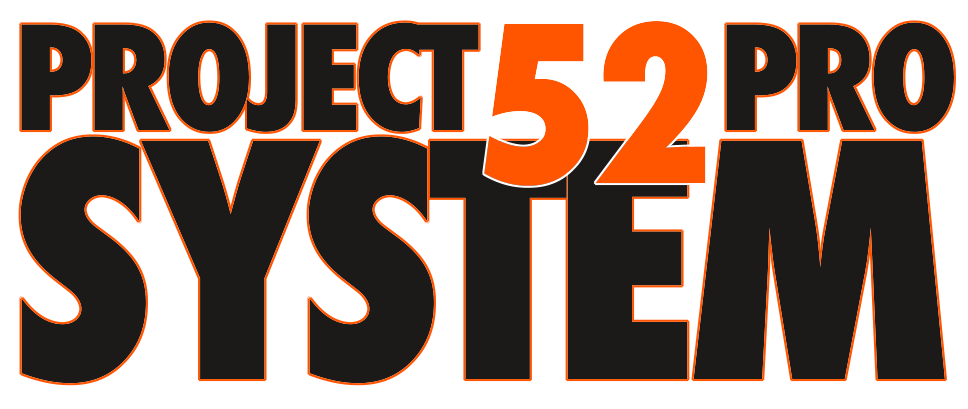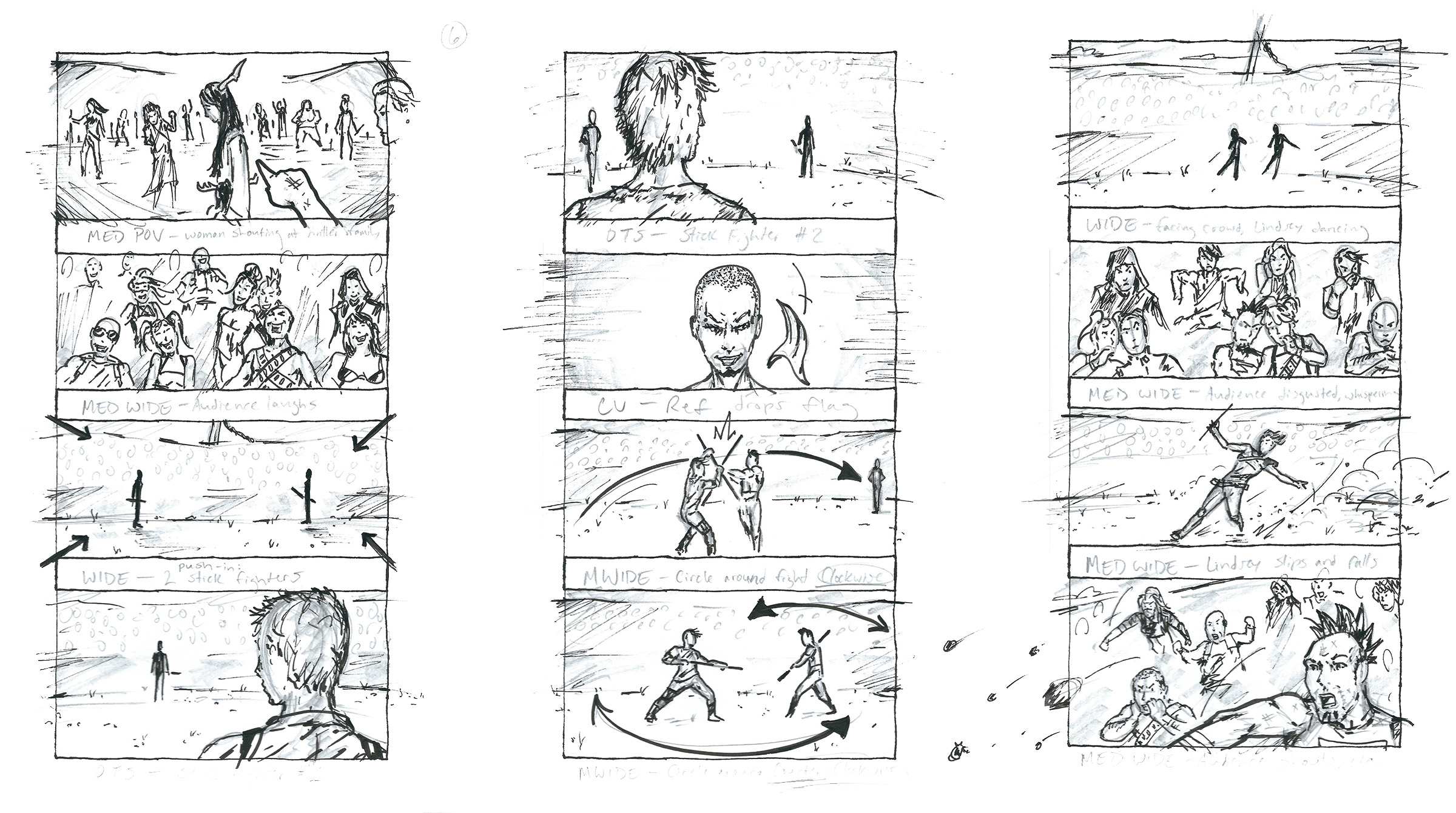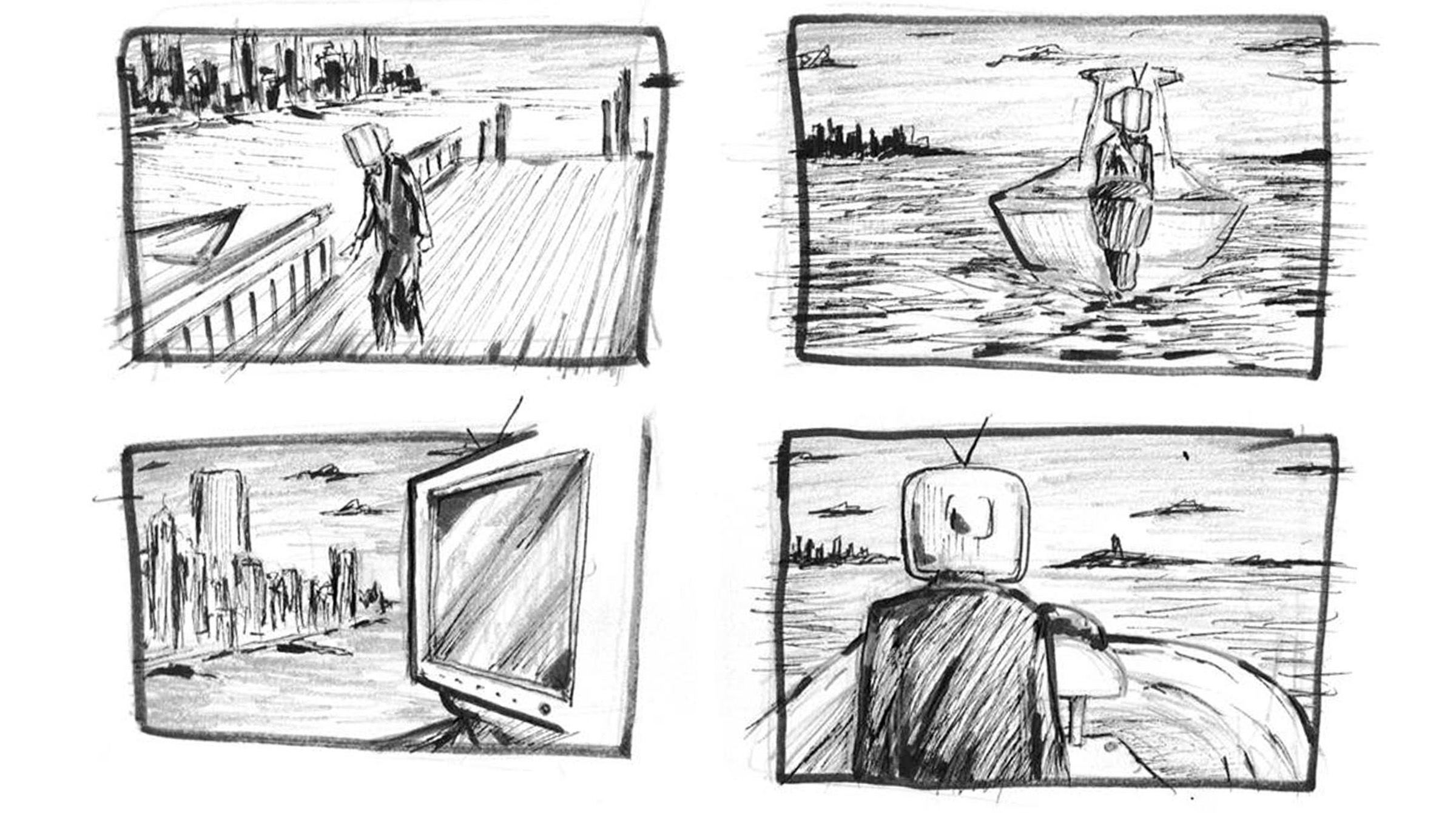One of the best ways I know of to create a story approach to a photo shoot is to use a storyboard.
A storyboard is a visual shot list that also helps define your timeline for shooting.
Having a good storyboard helps you create a coherent set of images, but not necessarily in the same order as the timeline suggests.
For instance, you can save all the interior shots for the middle of the day when the light is crummy, moving to the outside early in the morning and late afternoon to take advantage of better light.
Even though you are moving locations and shots to create them out of order, the storyboard exists there to remind you of what you need.
Here is an example of a fairly robust storyboard:
You can see how having the visual cues in front of you can help you make a more coherent story with your imagery.
Storyboards are used extensively in the video and film world, but they can be applied to still photography as well.
(As an aside, J.K. Rowling actually storyboarded her Harry Potter books before writing them. Worked out pretty well for her, I hear.)
A simpler approach may be to simply sketch some ideas for the main shots and then fill in with details.
Even if you cannot draw, making these little visual clues can go a long way toward shooting a more comprehensive story.
StoryboardThat is a software tool that may be able to help.
This video shows how collecting your thoughts can lead to better presentations – but that is pretty similar to a photographic story as well.
CANVA allows you to make storyboards for free.
A SHOT LIST
Another way to make sure you have all the images you need for your project whether it is a story based set of images or a catalog, is a shot list.
What needs to be shot, how, and where.
Sample:
Gateway Classic Timepieces
Set in an old estate, the story is based loosely on the Beauty and the Beast story.
- Shot of overall grounds
Early morning with fog if possible - Close up shots of doors, windows, walkways
Early morning twilight dim enough to let the tungsten garden lights be illuminated - Young woman on horseback riding through the woods
Close and far shots
Drone shots as well
Hand in reins.
Hand with watch clearly showing
Saddle and bridle - The woman stops to snap a photograph
Old time camera
Close up of hands, watch and camera
Horse runs away
Woman looking distraught
Woman looking at her watch - Woman sees the estate and ventures through the garden
Closeups of shoes, garden steps, garden flora, hands on statue featuring watch
Drone shots of her in garden - The woman knocks on the door
Knocking shots close and wide - Door is open so she enters.
Silhouette shots of her in door
Wide shots of the interior and her at the doorway
Details of the floor and the door entranceway
And so forth.
The shot list is there to remind you of the sorts of shots you want to make, and how you are thinking through the process.
I will leave room on my shot lists for ideas I have right then, and add them as I am shooting.
Shot lists can also be used for simpler approaches to editorial as well.
Job:
Diners in Spokane for Washington Magazine.
- Facades
- Cooks (+ heashots)
- Food (prepared and served, and hero shots)
- Drinks (pouring, served, and hero shots)
- Signage (especially a few night shots
- Interesting angles on the interiors
- Walls and surface details
- Supporting photographs of the town
Arrea
People arriving at diners
Interesting people and vehicles
These sorts of simple lists can ccme in so handy when you are trying to develop a feelig – a story if you will – for the shoot you are doing.
I hope you try some of these ideas to help you coordinate a larger project or personal project you may be working on.
NO ASSIGNMENT THIS WEEK.


